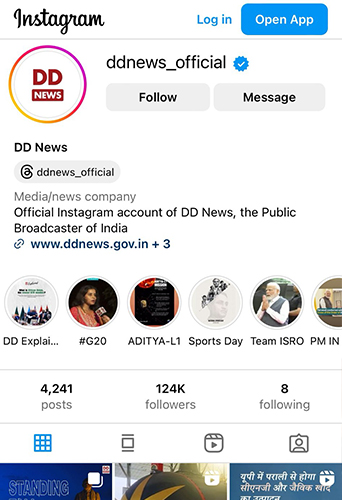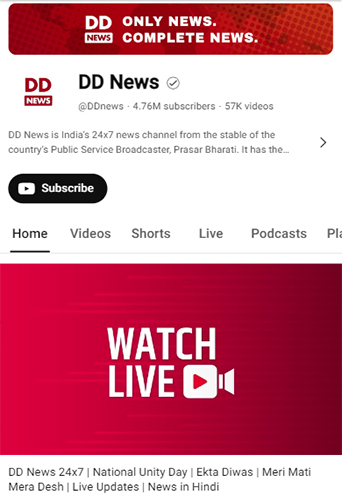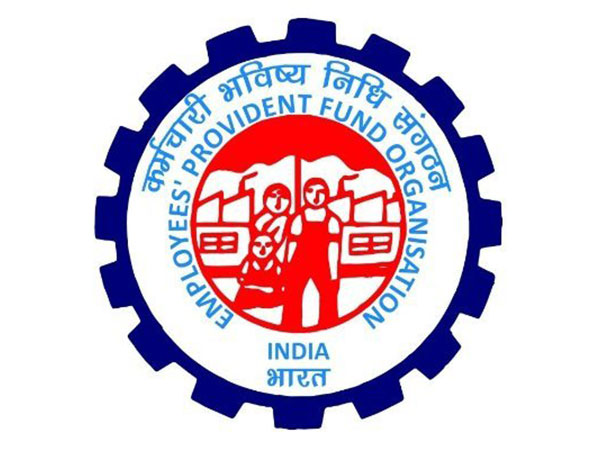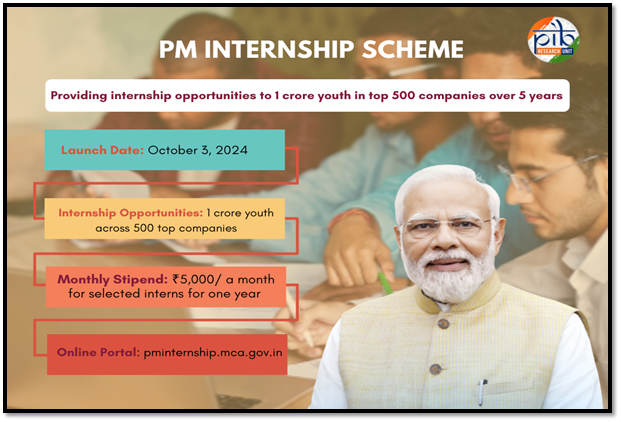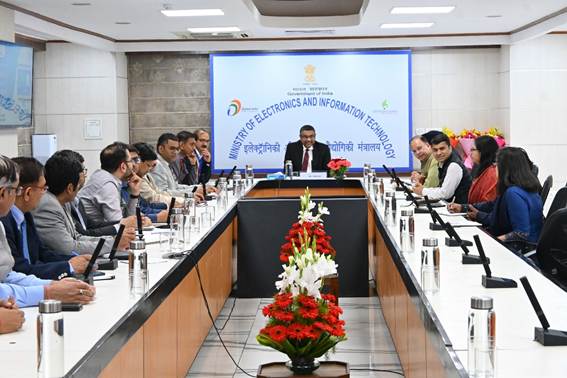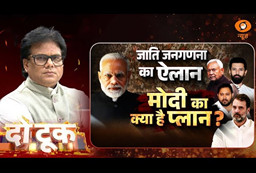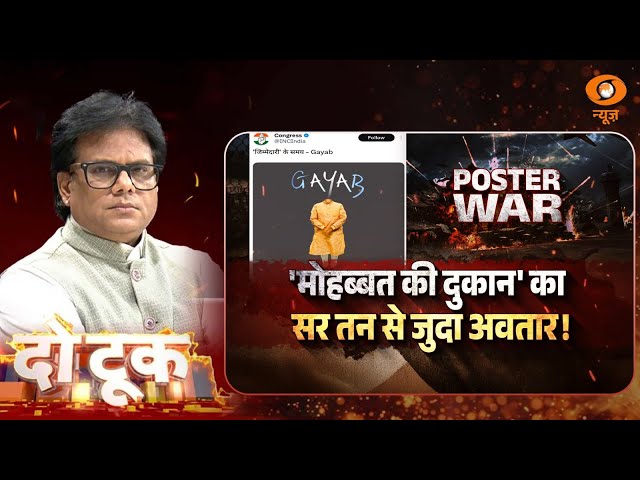Union Minister of State for Information & Broadcasting and Parliamentary Affairs, Dr. L. Murugan, launched five major knowledge reports that offer an in-depth perspective on India’s fast-growing media and entertainment sector. The reports were released at the ongoing WAVES Summit 2025 in Mumbai and are aimed at supporting data-backed policymaking and strengthening India’s position as a global creative leader.
The reports, prepared by a consortium of national and international agencies including the Ministry of Information & Broadcasting, Boston Consulting Group (BCG), Ernst & Young, Khaitan & Co., and industry experts, collectively cover the creator economy, digital content production, legal frameworks, live events, and sectoral statistics.
A key release, the Statistical Handbook on Media & Entertainment 2024-25, maps long-term trends across broadcasting, print, digital, and film sectors. It documents the rapid rise in content creation and dissemination platforms—from the expansion of Doordarshan’s Free Dish from 33 channels in 2004 to 381 channels in 2025, to the rise in private FM stations from just four in 2001 to 388 by March this year. The handbook notes that All India Radio now covers 98% of the Indian population through 591 stations. Film certification too has witnessed exponential growth, with 3,455 Indian feature films certified in 2024–25 alone. The cumulative number of certified films has reached 69,113.
The report also highlights the Ministry’s focus on digital transformation and creator empowerment. Initiatives such as the Create in India Challenge and the Indian Institute of Creative Technologies (IICT) have been spotlighted, along with schemes aimed at ease of doing business and upskilling content creators.
Complementing the statistical overview, BCG’s report From Content to Commerce: Mapping India’s Creator Economy notes that India is home to 2 to 2.5 million active digital creators, influencing over \$350 billion in consumer spending. This figure is projected to cross \$1 trillion by 2030. The report urges a shift in approach—from transactional influencer campaigns to long-term, trust-based partnerships that recognise creators as cultural and economic assets.
Ernst & Young’s *A Studio Called India* positions the country as a potential global content hub. With a skilled workforce and a 40-60% cost advantage in animation and VFX, India, the report argues, is uniquely placed to become a storytelling powerhouse for international audiences. It adds that nearly 25% of the viewership for Indian OTT content now comes from global audiences, suggesting growing resonance of Indian narratives abroad.
The legal landscape of the sector is explored in Khaitan & Co.’s *Legal Currents: A Regulatory Handbook on India’s Media & Entertainment Sector 2025*. The handbook provides clarity on tax implications, compliance for foreign and domestic players, influencer marketing regulations, AI-generated content, and emerging frameworks for gaming and celebrity rights. It is designed to equip stakeholders with practical legal tools to navigate a complex and evolving regulatory environment.
The whitepaper on India’s live events industry charts the sector’s 15% annual growth, adding ₹13 billion in revenue in 2024 alone. It notes a trend of cultural tourism, with nearly half a million Indians travelling inter-city to attend live events. Cities like Shillong, Vadodara, and Jamshedpur are emerging as vibrant cultural hotspots. However, the report also calls attention to infrastructure gaps and licensing hurdles, recommending streamlined processes, enhanced music rights frameworks, and formal recognition of live events under MSME and creative economy policies.
Dr. Murugan, speaking at the event, said that these reports collectively underscore India’s evolution from a media-consuming nation to a global cultural force. He noted that India’s multilingual and multicultural foundation, coupled with its digital ambitions, is positioning the country at the forefront of the global entertainment industry.





